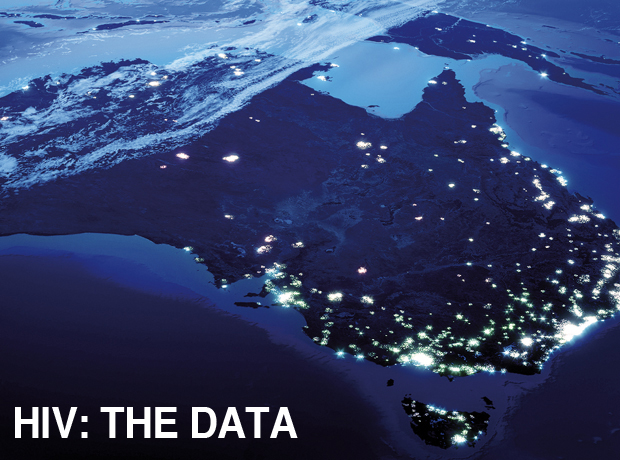HIV Media Guide
Information for journalists
Safe sex
‘Safe’ or ‘protected’ sex involves taking precautions that reduce the potential of transmitting or acquiring sexually transmissible infections including HIV.
Different penetrative sexual acts attach different degrees of risk but using proven methods of risk reduction every time one has sex is considered ‘safe’ or ‘protected’ sex.
Traditionally, ‘safe’ or ‘protected sex’ has been equated with the use of condoms. Condoms continue to be the cheapest, most readily accessible, safe and practical way to prevent sexual transmission of HIV and some other sexually transmitted infections (STIs). The adoption of condoms by gay men and sex workers in response to HIV has been effective in minimising the spread of HIV.
Recently, the Centre for Disease Control in the USA has changed the definition of the term ‘protected sex’ to refer to more than sex with condoms. For example, people with HIV who take treatments and have reduced levels of infectivity are effectively utilising a form of protection (‘treatment as prevention’), as are people who are HIV-negative taking antiretroviral drugs as pre-exposure prophylaxis (PreP).
In Australia, AFAO believes that the meaning of ‘safe sex’ will evolve to include treatment as prevention and PrEP. While it may take some time for common usage to change, it is no longer accurate to equate condomless sex with unsafe or unprotected sex if PrEP or treatment as prevention are used. These technologies offer effective protection from HIV.
See also: Treatment as Prevention and PrEP.






